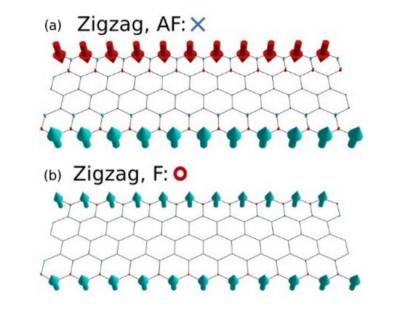Graphene nano-ribbons give a major boost to the sensitivity of sensors
Researchers from the University of Nebraska-Lincoln, University of Illinois at Urbana-Champaign, and Russia’s Saratov State Technical University have shown that adding a graphene nanoribbons to gas sensors can significantly increase their sensitivity compared to traditional ones.
 This rendering shows gas molecules widening the gaps between rows of the team's GNRs. This was proposed as a partial explanation to how the nano-ribbons grant sensors an unprecedented boost
This rendering shows gas molecules widening the gaps between rows of the team's GNRs. This was proposed as a partial explanation to how the nano-ribbons grant sensors an unprecedented boost
The team integrated the nano-ribbons into the circuity of the gas sensor where it reportedly responded about 100 times more sensitively to molecules than did sensors featuring even the best performing carbon-based materials. With multiple sensors on a chip, we were able to demonstrate that we can differentiate between molecules that have nearly the same chemical nature, said the study author and associate professor of chemistry at the University of Nebraska. For example, we can tell methanol and ethanol apart. So these sensors based on graphene nano-ribbons can be not only sensitive but also selective.






